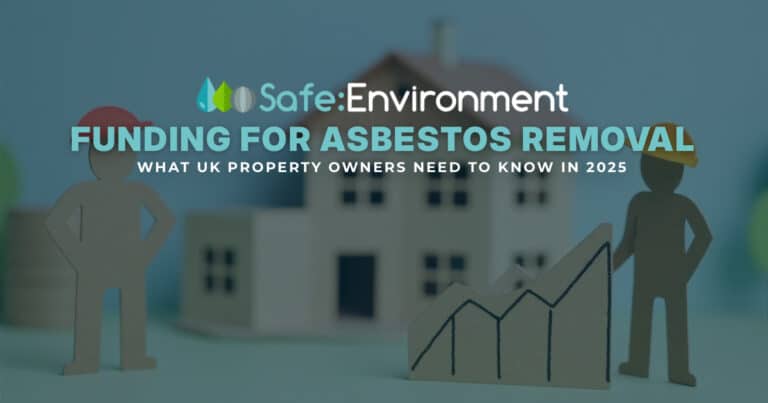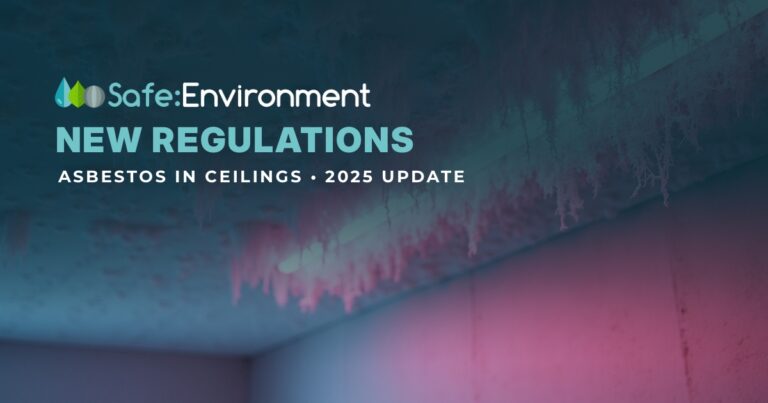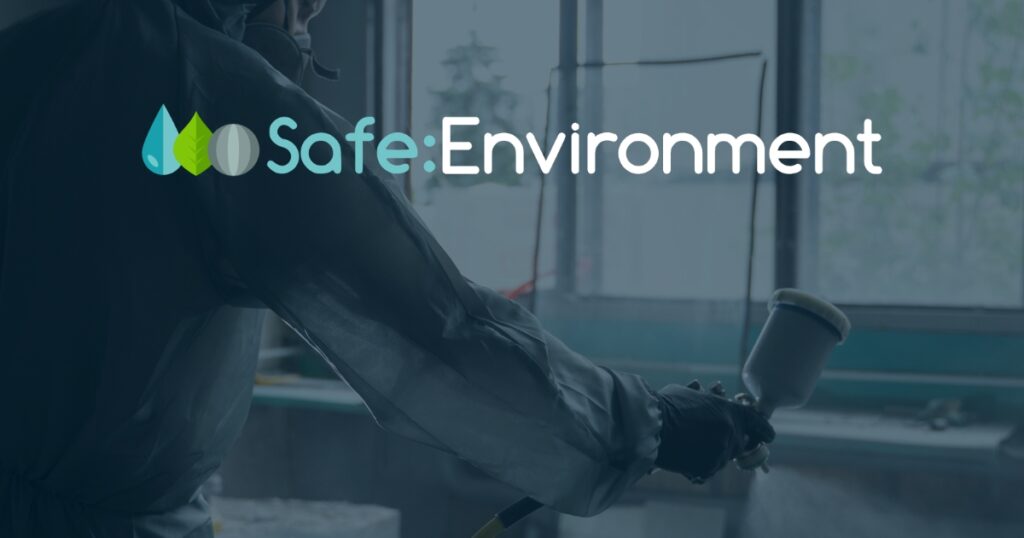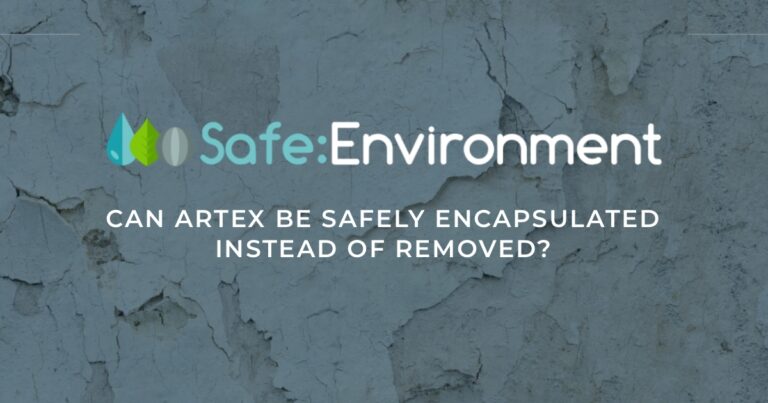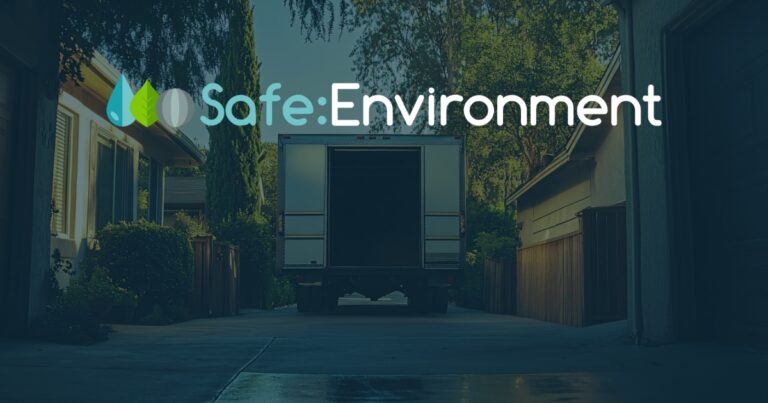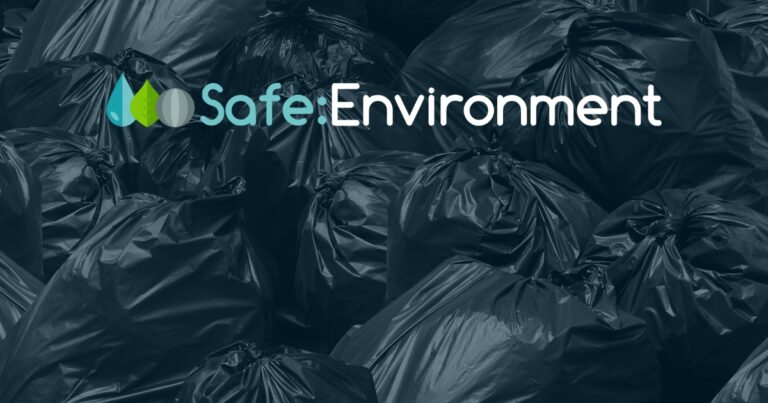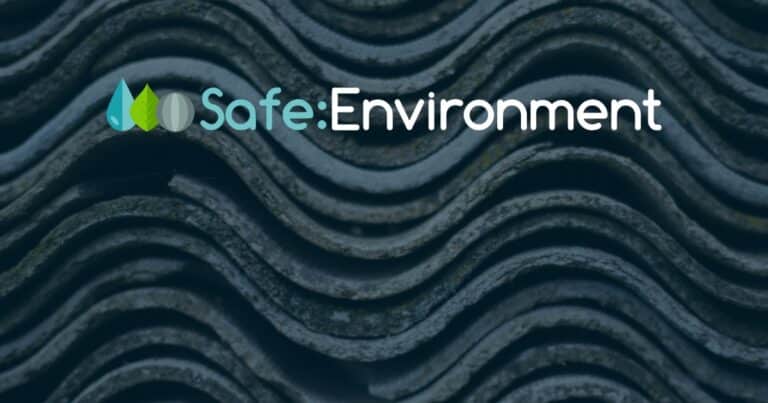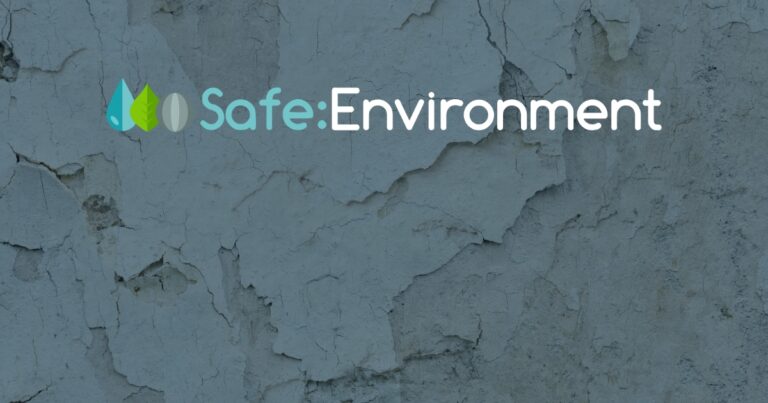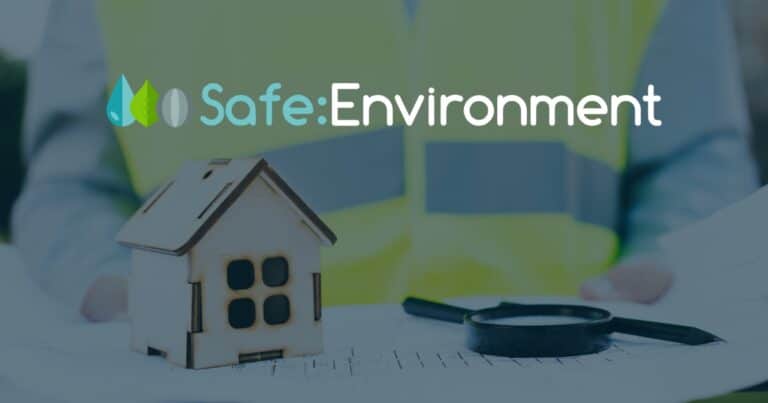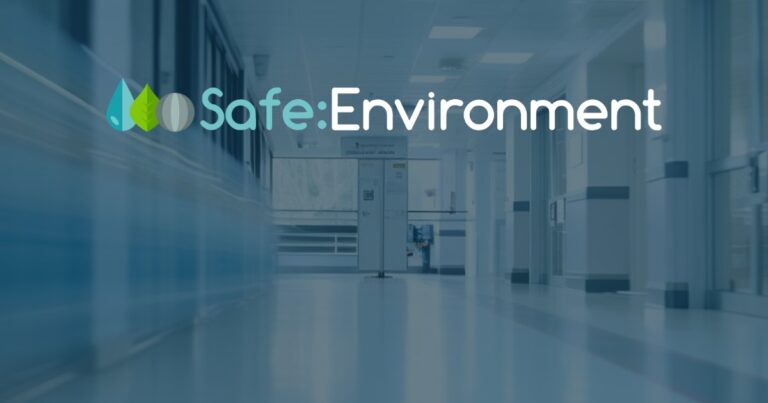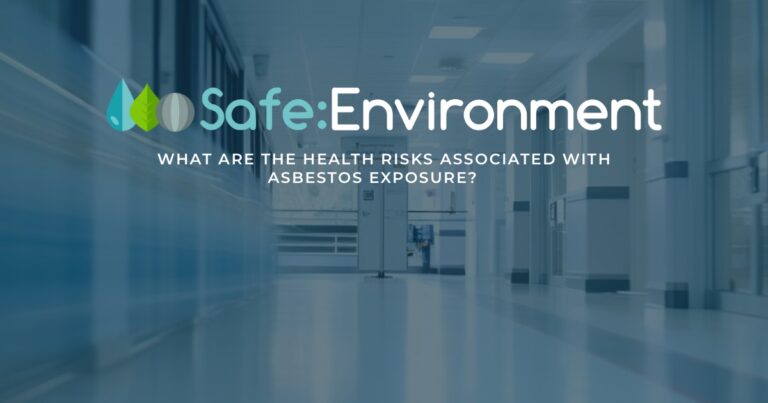Asbestos removal is a highly specialised process due to the severe health risks associated with asbestos exposure. The safe removal of asbestos requires careful planning, specialised equipment, and adherence to strict safety regulations.
Safe Asbestos Removal Procedures
The removal of asbestos involves several carefully controlled steps to minimise the release of fibres:
- Wet Removal Methods: Asbestos materials are wetted down with water or a water-based surfactant to reduce the release of asbestos fibres into the air. Wetting prevents fibres from becoming airborne when the materials are disturbed or removed.
- Careful Handling and Removal: ACMs are carefully removed in whole pieces whenever possible to minimise breakage. For fragile materials, like insulation, specialised techniques such as “wrap and cut” or “glove bag” methods are used to contain fibres.
- Containment and Bagging: Asbestos waste is immediately placed in clearly labelled, double-sealed bags or containers designed to prevent the escape of fibres. These bags are colour-coded according to UK regulations (usually red for contaminated materials and clear for the outer bag) to ensure clear identification.
- Negative Pressure Units and Air Filtration: During removal, negative pressure units with high-efficiency particulate air (HEPA) filters are used to create a controlled airflow. This setup ensures that air flows into the containment area rather than allowing potentially contaminated air to escape.
After the asbestos materials have been removed, the area is thoroughly cleaned to ensure no asbestos fibres remain. This process includes:
- Wet Wiping and HEPA Vacuuming: All surfaces within the controlled area are cleaned using wet wipes and HEPA-filtered vacuum cleaners. This method is effective at capturing fine asbestos fibres that may have settled on surfaces.
- Decontaminating Tools and Equipment: All tools and equipment used during the removal process are thoroughly decontaminated or disposed of as asbestos waste. Workers must also undergo a decontamination process in the DCUs before leaving the controlled area.
To ensure the area is safe for reoccupation, air monitoring and clearance testing are conducted:
- Air Monitoring: Continuous air monitoring is carried out throughout the removal process to measure the concentration of asbestos fibres in the air. This monitoring helps assess the effectiveness of control measures and ensures they remain adequate.
- Four-Stage Clearance Testing: After removal, a licensed asbestos analyst conducts a four-stage clearance process to verify that the area is free from asbestos contamination. This process includes:
- A thorough visual inspection to ensure all asbestos has been removed.
- A thorough cleaning of the work area.
- Air sampling to confirm asbestos fibre levels are below the recommended threshold.
- A final inspection and certification that the area is safe for use.
Asbestos waste must be disposed of according to strict regulations to prevent environmental contamination:
- Transport and Disposal: All asbestos waste is transported by licensed carriers to a licensed hazardous waste disposal facility. Asbestos waste must never be disposed of in regular waste bins or fly-tipped, as this is illegal and poses a significant health risk.
- Documentation: Proper documentation, including waste consignment notes, must be completed and retained as proof of safe disposal. This documentation is essential for compliance with legal requirements and environmental regulations.
The safe removal of asbestos is a complex process that requires careful planning, specialised equipment, and strict adherence to safety regulations to protect both workers and the public from asbestos exposure. It is essential to hire licensed professionals to conduct asbestos removal to ensure all procedures are followed correctly and the risk of exposure is minimised. Our comprehensive asbestos removal services can ensure your property is safe and compliant with UK regulations.



